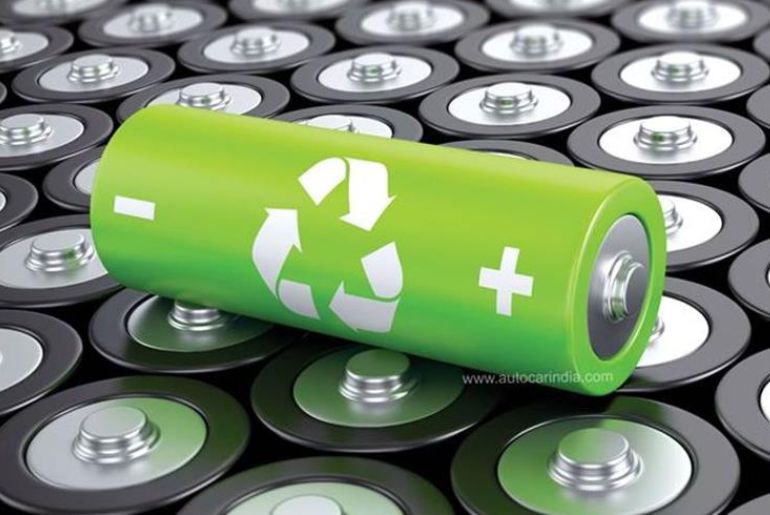Between 2023 and 2030, the demand for batteries worldwide is predicted to triple to 4,100 gigawatt-hours (GWh) due to the continued growth in sales of electric vehicles (EVs). Consequently, OEMs need to focus more intently on their battery strategies, per a recent Bain & Company analysis.
“Batteries are the single biggest cost driver for OEMs and they influence product performance. However, ongoing flux across battery chemistries, especially within lithium-ion batteries, are affecting OEM product roadmaps. OEMs across the world face the critical choice of which battery type to use and whether to develop batteries in-house or through collaboration with other companies,” said Mahadevan Seetharaman, a Bengaluru-based partner at Bain & Company’s Advanced Manufacturing Services practice.
The report highlighted five themes for OEMs to watch for in the 2030 EV battery market:
- Lithium-ion batteries will remain dominant for the foreseeable future
Lithium-ion batteries have dominated the global EV battery market and will continue to do so. Emerging technologies such as solid state and high-density sodium-ion are still in the prototype and pilot manufacturing stages and their market share is expected to stay in the single digit range until 2030.
- NMC and LFP will be the dominant cathode chemistries
Lithium-iron phosphate (LFP) and nickel manganese cobalt (NMC) chemistries together currently make up more than 90% of lithium-ion battery sales for EVs.
In China, LFP will become more dominant due to robust demand for mass-market EVs and established supply chains, in addition to the emergence of LFP variants with improved energy density (e.g., M3P and lithium manganese iron phosphate (LFMP).
In the USA and EU, LFP will gain share but will still be lower than that in China for multiple reasons. First, domestic LFP production is nearly nonexistent, and existing iron and phosphorous supply chains are significantly less mature in these regions compared to those in China. Consequently, the cost advantage of LFP vs. NMC will be undercut by the costs of importing LFP from China. This is exacerbated by unfavorable economics of recycling vs. NMC. In addition, many companies are looking into no- or low-cobalt NMC variants (e.g., NMx, high lithium manganese (HLM), high-voltage mid-nickel), which would further reduce the cost advantage of LFP. Finally, import tariffs and broader geopolitical challenges may make LFP less suited for western OEMs looking to build up more resilient supply chains.
- Lithium-ion technology will continue to decrease in cost and increase in performance
The lithium technology stack will see major shifts across cathode chemistries, anode chemistries, cell form factors and pack architecture. OEMs are keeping a close eye on multiple innovations such as battery integration via cell-to-chassis technology, where the battery is built directly into the structure of the car; dry electrode manufacturing process, which reduces energy consumption and hence, manufacturing cost; and AI-powered battery management systems that are increasing the longevity of batteries.
- Solid state and sodium ion will be the only commercialized emerging technologies by 2030
Solid-state batteries promise significantly higher energy density vs. NMC, along with improved safety, faster charging, and potentially longer life. However, players have only recently been able to demonstrate initial proofs of concept following multiple delays, and commercialization is likely three to four years away.
Sodium-ion cells promise lower cost than lithium-ion, along with improved safety and the ability to operate at lower temperatures. However, energy density has historically been substantially lower, but there has been progress on this front, with prototypes delivering energy densities comparable with LFP. Multiple players have announced plans to scale production by 2025, and Bain expects commercial availability of sodium-ion-based EVs by the first half of 2025.
- Demand for recycling will increase
Recycling of EV batteries is expected to grow significantly led by expansion in feedstock volumes. A rising number of new global regulations around collection, recycling, and the use of recycled content will further promote recycling.
Battery manufacturers and OEMs are exploring new business models such as battery rentals, to maintain ownership of batteries and take responsibility for recycling.

